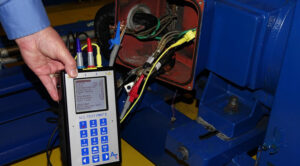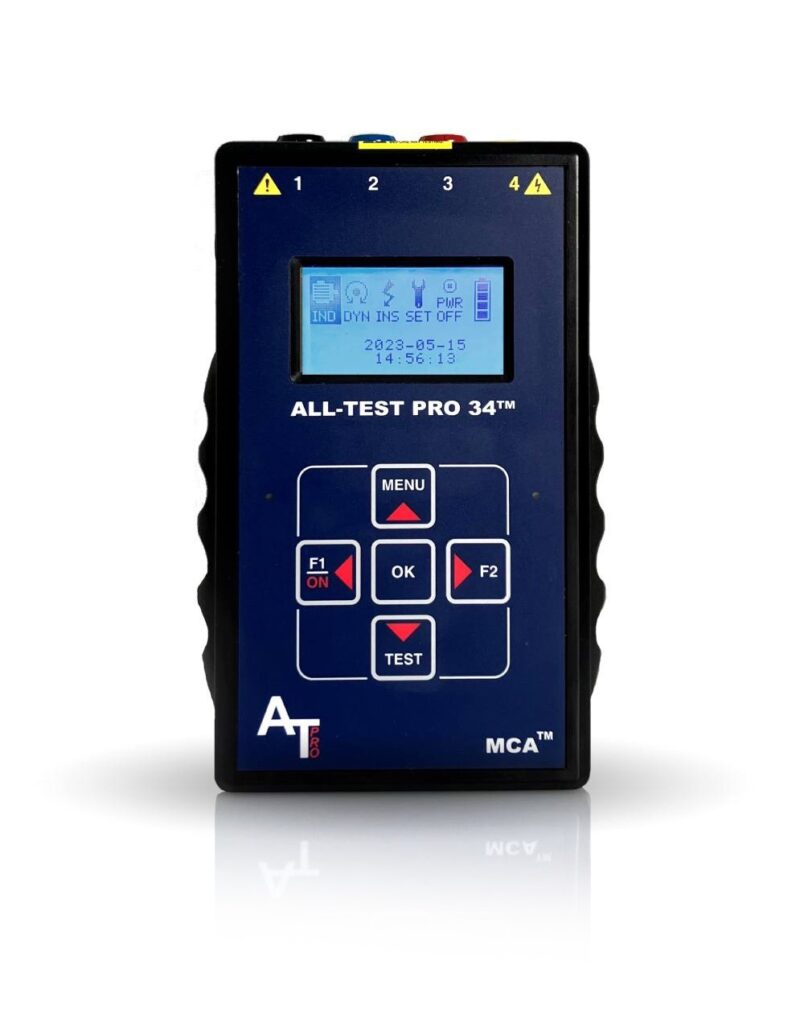Electric Motor Predictive Maintenance: What It Is and Why Its Used
The term ‘predictive maintenance’, also known as ‘PdM’, has gained a lot of traction lately in almost every industry. But regarding electric motors specifically, what exactly is electric motor predictive maintenance?
What is Electric Motor Predictive Maintenance?
Electric motor predictive maintenance is the scheduled, proactive testing of motors (including their inner components) to evaluate their integrity before motor failure occurs. Technicians use computer operated devices or systems to conduct non-destructive tests to identify possible problems to be corrected before they become more serious issues arise.
Maintenance managers conduct predictive maintenance tests at regularly scheduled intervals and record results to track potential issues. Consecutive tests indicate trending patterns of the integrity of the motors’ many components. Proper analysis and interpretation of the data must be done to strategize what work needs to be conducted in order to keep the motors up and running.
Non-destructive tests, such as Motor Circuit Analysis™ (MCA™), infrared thermographic studies, and vibration analysis, are applied to a facility’s electric motors to monitor and trend the ‘health’ of the motor and its components.

Vibration analysis sensors are used to trend motor vibration data to reveal damages done that have become more structural to physically shake the motor. Further analysis has to be conducted to pinpoint the actual fault that caused the damage.
Megohmmeters have also been widely used as a ‘motor tester’ but only truly determine if a motor has been safely installed and the incoming power supply is appropriate for its use.
Motor Circuit Analysis™ (MCA™), also referred to as motor circuit evaluation (MCE), is a deenergized test method used to assess the health of a motor and its inner components. Initiated from the Motor Control Center (MCC) or directly at the motor itself, this process evaluates the entire electrical portion of the motor system, including the connections and cables between the test point and motor.
Which Predictive Maintenance Method is Best for Electric Motors?
Currently, Motor Circuit Analysis (MCA™) is the best and most comprehensive motor testing method available to assess the integrity of electric motors.
Motor testing devices, such as the ALL-Test Pro 7, reveal issues such as:
- Ground Faults
- Internal Winding Faults
- Open Connection Issues
- Rotor Faults
- Contamination Problems
Issue
Meg-ohm Meter
Multimeter
AT7
Ground Faults



Internal Winding Faults



Open Connection



Rotor Faults



Contamination



While Motor Circuit Analysis works great to diagnose internal motor issues that may lead to structural problems, many preventive maintenance and predictive maintenance (PdM) strategies include vibration analysis in conjunction with Motor Circuit Analysis.
Benefits of Electric Motor Preventive Maintenance
The average cost of downtime across all industries has grown to about $9,000 per minute, and the average downtime per company is around 800 hours per year. This equates to massive losses for any company in any industry!
A complete electric motor preventive maintenance program benefits the company in the following ways:
- Reduces costs – Service is provided when necessary and money is not wasted on unnecessary actions.
- Reduces downtime – Unplanned failures are reduced and are replaced with shorter, planned maintenance services on the electric motors.
- Increases equipment longevity
- Improves employee safety
Conclusion
Electric motor predictive maintenance aims to prevent the occurrence of motor failure by performing proactive tests and maintenance. It helps in averting unplanned and unnecessary downtime that can greatly affect your company’s bottom line.
For more information on electric motor PdM equipment, please visit https://alltestpro.com.





